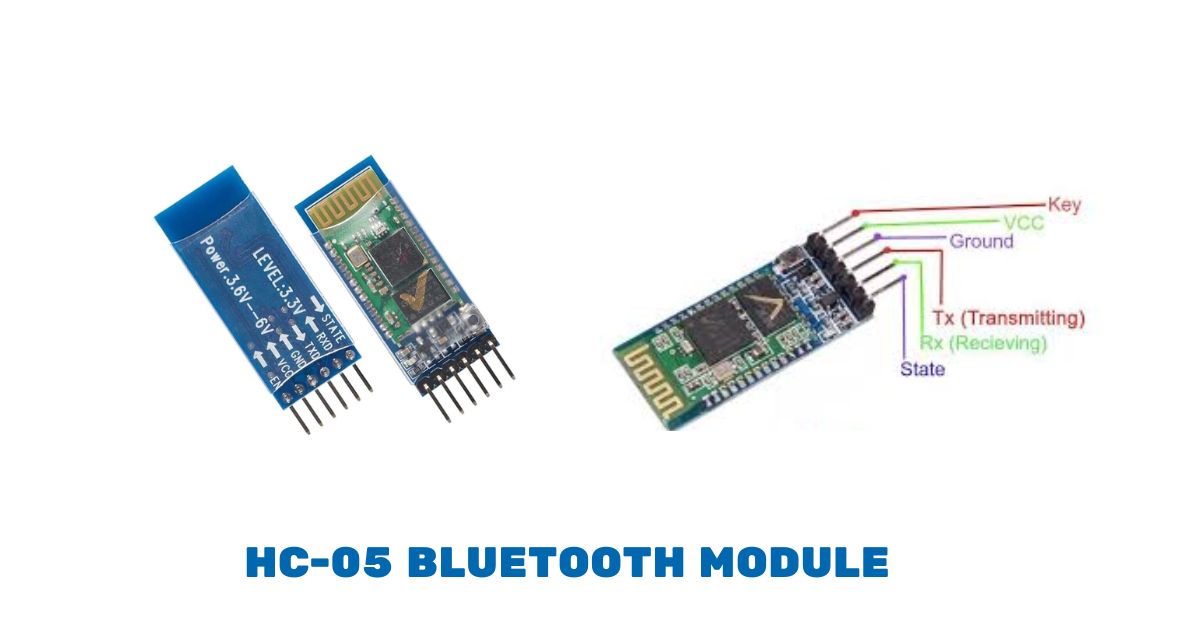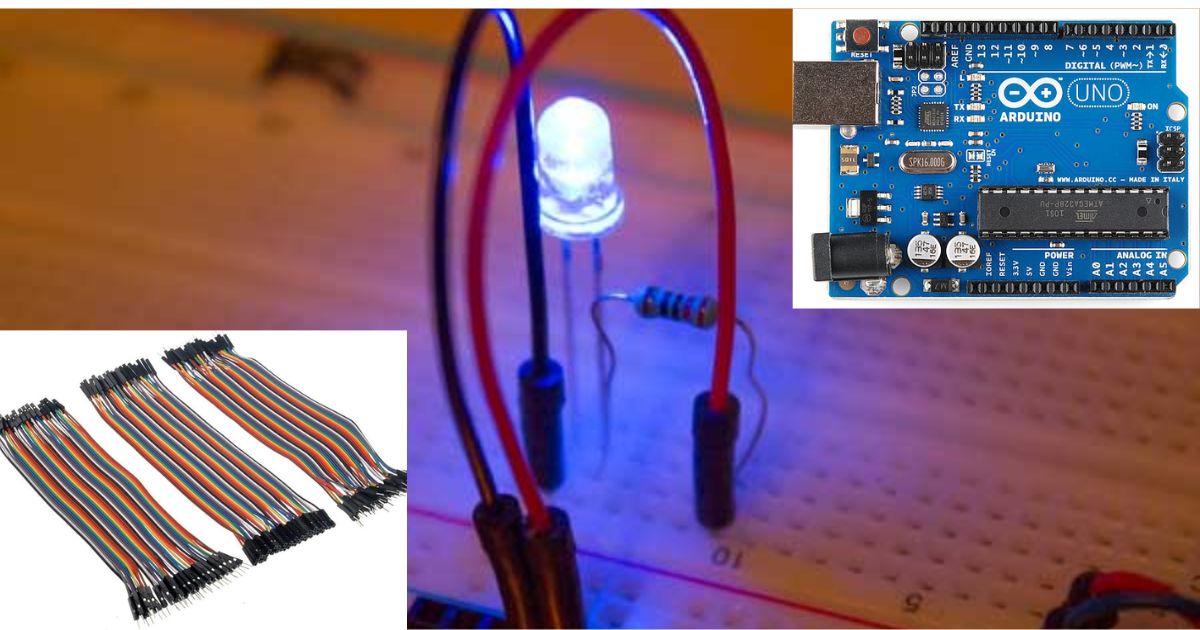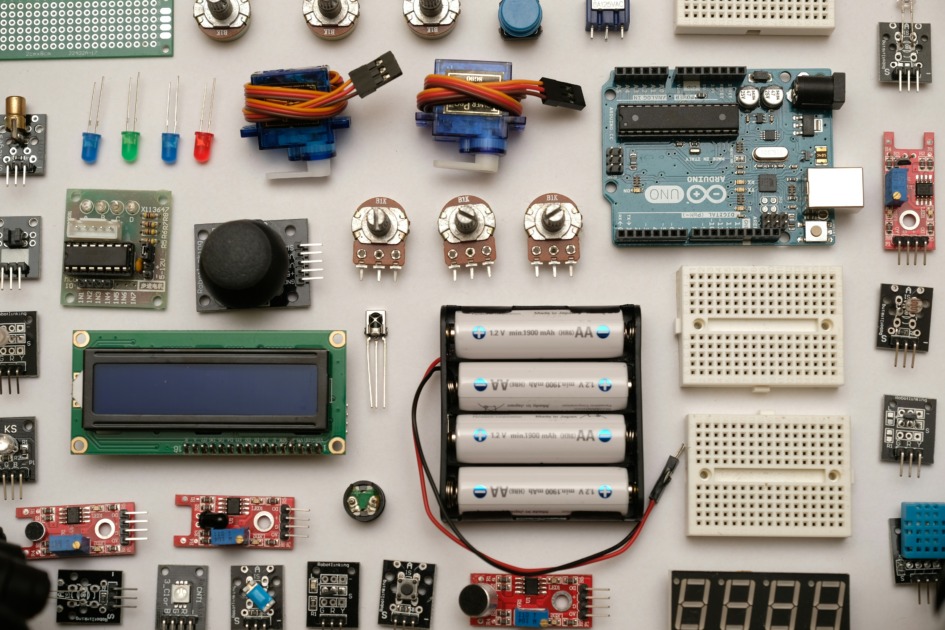Creating your custom library for Arduino can be challenging for the first time, but with the right guidance and a step-by-step approach, you’ll find it’s not only manageable but also incredibly rewarding. This comprehensive guide is designed specifically for beginners who are eager to take their Arduino projects to the next level by building reusable and efficient code libraries. Whether you’re looking to streamline your workflow or share your creations with the community, this guide will walk you through every aspect of creating a custom Arduino library.
Why Create a Custom Arduino Library?
Before diving into the technical details, let’s discuss why creating a custom library is beneficial. Libraries in Arduino programming are essentially collections of functions and variables that provide specific functionalities, such as controlling a motor or reading data from a sensor. By encapsulating this functionality within a library, you make your code more modular, reusable, and easier to maintain. Additionally, if you plan to share your project with others, a library ensures that they can easily integrate your code without needing to understand every detail.
Step 1: Planning Your Library
The first step in creating a custom library is planning. Before writing any code, consider what functionality you want your library to provide. For example, if you’re developing a library for an ultrasonic sensor like the HC-SR04, think about what features users would expect—reading distance, setting thresholds, etc.
Once you’ve identified the core functions, sketch out a rough outline of your class structure. In object-oriented programming, classes are used to define objects with properties (variables) and behaviours (functions). A well-designed class will have clear boundaries between its public interface (what users interact with) and private implementation details (how things work internally).
Step 2: Setting Up Your Development Environment
To create a custom library, you’ll need to organize your files in a specific way. Navigate to the Arduino libraries folder on your computer. This is typically located in your Documents directory under Arduino/libraries. Inside this folder, create a new directory for your library, using a descriptive name like MySensorLibrary.
Within this directory, you’ll need to create two main files: a header file (with a .h extension) and a source file (with a .cpp extension). The header file contains declarations for all the classes, variables, and functions that will be part of your library. The source file contains the actual implementations of these functions.
For instance, if you were creating a library for an ultrasonic sensor, your header file (MySensorLibrary.h) might look something like this:
#ifndef MySensorLibrary_h
#define MySensorLibrary_h
class MySensor {
public:
MySensor(int trigPin, int echoPin);
float readDistance();
private:
int _trigPin;
int _echoPin;
};
#endif
In this example, we define a class MySensor with a constructor that takes two pin numbers and a method readDistance() that returns the current distance reading. The _trigPin and _echoPin variables are marked as private, meaning they can only be accessed within the class itself.
Your source file (MySensorLibrary.cpp) would then implement these methods:
#include "MySensorLibrary.h"
#include <Arduino.h>
MySensor::MySensor(int trigPin, int echoPin) {
_trigPin = trigPin;
_echoPin = echoPin;
pinMode(_trigPin, OUTPUT);
pinMode(_echoPin, INPUT);
}
float MySensor::readDistance() {
// Trigger the sensor by sending a short pulse
digitalWrite(_trigPin, LOW);
delayMicroseconds(2);
digitalWrite(_trigPin, HIGH);
delayMicroseconds(10);
digitalWrite(_trigPin, LOW);
// Measure the duration of the echo pulse
long duration = pulseIn(_echoPin, HIGH);
// Calculate the distance based on the duration
return duration * 0.034 / 2;
}
Step 3: Adding Documentation and Examples
A crucial aspect of creating a successful library is providing good documentation. Users should be able to understand how to use your library without needing to dig through the code. Start by adding comments throughout your header file, explaining the purpose of each class, method, and variable. You might also include a brief overview at the top of the file describing what the library does and how it works.
Beyond inline comments, consider writing a README file for your library. This document should cover installation instructions, usage examples, and troubleshooting tips. If possible, include a few sample sketches demonstrating how to use your library in different contexts. These examples not only help users get started but also serve as a form of testing to ensure everything works as expected.
Here’s an example sketch that uses the MySensorLibrary:
#include <MySensorLibrary.h>
// Define pins for the ultrasonic sensor
const int trigPin = 3;
const int echoPin = 2;
// Create an instance of the sensor
MySensor mySensor(trigPin, echoPin);
void setup() {
Serial.begin(9600);
}
void loop() {
float distance = mySensor.readDistance();
Serial.print("Distance: ");
Serial.print(distance);
Serial.println(" cm");
delay(500);
}
Step 4: Testing and Refining
With your initial implementation complete, it’s time to test your library thoroughly. Start by incorporating it into a simple Arduino sketch to verify that all functions behave as intended. Pay special attention to edge cases—what happens if the user passes invalid parameters? Does the library handle unexpected conditions gracefully?
If you encounter any issues during testing, now is the time to refine your code. Debugging a library can be challenging since errors may not always manifest immediately. One common mistake is trying to call class functions without creating an object first—a problem often flagged by compiler errors like “function called without object”. Ensure that all necessary objects are instantiated correctly before invoking their methods.
Step 5: Structuring Your Library Properly
Proper structuring of your library is essential for maintaining clarity and ease of use. Here’s a detailed breakdown of how to organize your library files:
- Header File (
MySensorLibrary.h): Contains class definitions, function prototypes, and any constants or macros needed. - Source File (
MySensorLibrary.cpp): Contains the actual implementation of the functions declared in the header file. - Keywords File (
keywords.txt): Lists keywords specific to your library, making them appear in a distinct colour in the Arduino IDE for better readability. - Examples Folder: Contains sample sketches demonstrating how to use your library.
- README.md: Provides an overview of your library, including installation instructions, usage examples, and troubleshooting tips.
Step 6: Using the NewPing Library as a Reference
For a practical example, let’s look at the popular NewPing library, which simplifies working with ultrasonic sensors like the HC-SR04. This library provides optimized pin control and a cleaner interface for handling sensor data. Here’s how you can set it up:
- Install the NewPing Library: Go to
Sketch > Include Library > Manage Librariesin the Arduino IDE. Search for “NewPing” and install it. - Example Code with NewPing:
#include <NewPing.h>
#define TRIGGER_PIN 3
#define ECHO_PIN 2
#define MAX_DISTANCE 400
NewPing sonar(TRIGGER_PIN, ECHO_PIN, MAX_DISTANCE);
void setup() {
Serial.begin(9600); // Start serial communication at 9600 baud rate
}
void loop() {
delay(50); // Wait 50ms between pings (about 20 pings/sec)
// Send ping, get the distance in cm and print result (0 = outside set distance range)
int distance = sonar.ping_cm();
if (distance == 0) {
distance = MAX_DISTANCE; // If no echo, assume out of range
}
Serial.print("Distance: ");
Serial.print(distance);
Serial.println(" cm");
}
This example demonstrates how libraries can simplify complex tasks, making your code more readable and maintainable. By studying the NewPing library, you can gain insights into best practices for structuring and implementing your libraries.
Step 7: Sharing Your Library
Once you’re satisfied with your library, you may wish to share it with the broader community. To do so, package your library files (including the header, source, and any additional resources) into a ZIP archive. Users can then install your library by extracting this archive into their Arduino libraries folder.
Alternatively, consider hosting your library on platforms like GitHub. This approach allows others to view your source code, report bugs, and even contribute improvements. Just remember to follow best practices for open-source development, such as maintaining a clear version history and responding promptly to user feedback.
Step 8: Advanced Techniques and Best Practices
As you become more comfortable with creating custom libraries, you can explore advanced techniques and best practices to further enhance your skills:
- Version Control: Use Git or another version control system to track changes to your library over time. This makes it easier to collaborate with others and roll back changes if needed.
- Error Handling: Implement robust error handling mechanisms to ensure your library behaves predictably even in edge cases. This includes checking for null pointers, validating input values, and handling exceptions gracefully.
- Performance Optimization: Profile your library to identify performance bottlenecks and optimize critical sections of code. Techniques like caching frequently accessed data, minimizing memory usage, and optimizing loops can significantly improve performance.
- Cross-Platform Compatibility: Ensure your library works seamlessly across different hardware platforms and Arduino versions. Test your library on multiple boards and configurations to catch platform-specific issues early.
Conclusion
Creating a custom Arduino library is a powerful way to enhance your projects and those of other makers. By carefully planning your library’s structure, clearly documenting its features, and rigorously testing its functionality, you can produce a tool that simplifies development while fostering collaboration within the maker community. So why wait? Start building your custom library today and unlock new possibilities for innovation!
Remember, practice makes perfect—so don’t hesitate to experiment and iterate on your designs! Whether you’re working on a simple utility function or a complex driver for a specific sensor or actuator, the skills you develop in creating custom libraries will serve you well in your Arduino journey.



